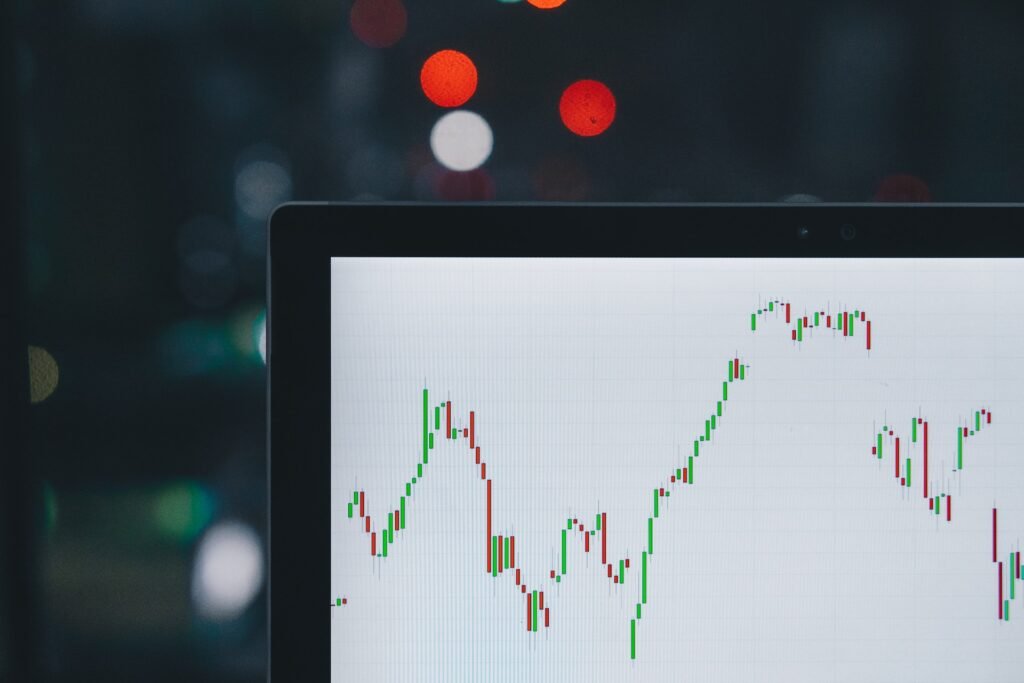Stock market averages and indexes serve as metrics that gauge the overall movement of stock prices across different periods. While often used interchangeably in conversations about market behavior, these terms denote distinct measurement methods. Averages portray the arithmetic mean of price behavior among a selected group of stocks at a specific moment. Conversely, indexes assess the current price behavior of a designated cluster of stocks relative to a predetermined base value set at an earlier time. Both averages and indexes offer practical means of capturing the general sentiment of the market. Investors leverage these indicators to compare market performance at various intervals, allowing them to evaluate the market’s relative strength or weakness. Daily updates on the latest values of these averages and indexes are commonly available on financial websites, in television news programs, and financial news reports.
The Dow Jones Averages:
Within the realm of stock averages and indexes, the S&P Dow Jones Indices curates a portfolio encompassing four distinct stock averages and various stock indexes, with one of the most widely recognized among them being the Dow Jones Industrial Average (DJIA). The DJIA is a comprehensive conglomerate of 30 stocks, predominantly representing esteemed companies from a spectrum of sectors like technology, transportation, banking, energy, healthcare, and consumer products. Its distinctive attribute lies in being a price-weighted index, granting more influence to stocks with higher prices as compared to those with lower prices. Adjustments to the composition of the average are made due to diverse catalysts such as mergers, bankruptcy, or the imperative for more comprehensive market representation. In previous instances, Kraft Foods replaced American International Group (AIG) in 2008 following AIG’s liquidity crisis, and subsequently, Kraft was substituted by UnitedHealth Group in 2012. Notable changes occurred in 2015 when Apple took the place of AT&T. This shift was prompted by Apple’s remarkable growth trajectory and a 7-for-1 stock split in 2014. The DJIA index typically steers clear of companies with significantly high stock prices due to its structure as a price-weighted index. Consequently, when a new stock is incorporated into the Dow, adjustments are made to align with its recent trends while maintaining consistency in the index’s behavior.
How the DJIA Value is Calculated:
The DJIA’s value is calculated by aggregating the closing share prices of the 30 stocks within the Dow, and subsequently dividing this sum by a distinctive “divisor.” This divisor serves the crucial function of compensating for stock splits, company modifications, and various events that have unfolded over time. Without the involvement of this intricate divisor in its calculation, the DJIA’s value would be substantially skewed. By using the divisor, even though it involves a complicated calculation, the DJIA can consistently and accurately monitor the performance of these 30 stocks over time.
DJIA=\frac{\mathrm{Closing}\;\mathrm{Share}\;\mathrm{Price}\;1\;+\;…\;+\;\mathrm{Closing}\;\mathrm{Share}\;\mathrm{Price}\;30}{\mathrm{DJIA}\;\mathrm{divisor}}
As the DJIA is derived by totaling the prices of the 30 stocks, those with higher prices tend to have a greater impact on the index compared to lower-priced stocks. For instance, an 8% price change in a $80 stock has less influence on the index than the same percentage change in a $150 or a $400 stock. According to many experts, due to its price-weighted nature, the Dow is considered not very reliable as an indicator of the broader stock market direction.
Other Dow Jones Averages and Indexes:
Three other prominent Dow Jones averages are the transportation, utilities, and composite. The Dow Jones Transportation Average (DJTA) is formulated from 20 stocks, encompassing railroads, airlines, freight forwarders, and diverse transportation companies. Meanwhile, the Dow Jones Utilities Average (DJUA) is derived from 15 public utility stocks. The Dow Jones Composite Average (DJCA) is a comprehensive index comprised of 30 industrials, 20 transportations, and 15 utilities. Similar to the DJIA, each of these averages utilizes a divisor to maintain consistency over time. These indices, including the transportation, utilities, and the 65-stock composite, are frequently referenced alongside the DJIA.
Dow Jones also releases various indexes, among them the U.S. Total Stock Market Index, which monitors the performance of all equities with publicly available prices. Additionally, Dow Jones provides indexes for different sectors based on company size (such as large-cap, mid-cap, and small-cap) or industry. These index products extend beyond U.S. markets to include global equities, developed and emerging stock markets, as well as regional markets in Asia, Europe, the Americas, the Middle East, and Africa.
Standard & Poor’s Indexes:
Standard & Poor’s Corporation, a major financial publisher, releases six prominent common stock indexes. One well-known index from S&P is the S&P 500 Stock Index. This index is computed daily, incorporating the closing market value of each stock (calculated by multiplying the closing price by the number of outstanding shares).
S\&P\;500=\frac{\mathrm{Current}\;\mathrm{closing}\;\mathrm{value}\;\mathrm{first}\;\mathrm{stock}\;+\;…\;+\;\mathrm{last}\;\mathrm{stock}}{\mathrm{Divisor}}
Some of the S&P indexes encompass a more extensive range of shares compared to the Dow averages. All these indexes rely on the market values of the companies within them, calculated by multiplying the shares outstanding by the price per share, rather than focusing solely on share prices. Consequently, many investors perceive the S&P indexes as offering a more comprehensive and representative gauge of general market conditions than the Dow averages. Despite encountering certain technical computational challenges, these indexes are extensively utilized, often serving as a foundation for estimating the “market return”.
Here are some of the well-known stock indexes published by Standard & Poor’s:
- The S&P 500 Index includes 500 large companies, though not strictly the largest 500.
- The S&P 100 Index consists of 100 large companies, each required to have tradable stock options.
- The S&P 400 MidCap Index encompasses 400 medium-sized companies, representing approximately 7% of the U.S. equity market, with this proportion subject to variation over time.
- The S&P 600 SmallCap Index comprises 600 small-sized companies, constituting around 3% of the U.S. equity market. Similar to the S&P 400, the percentage it represents can fluctuate.
- The S&P Total Market Index aims to follow the extensive equity market, encompassing large, mid, small, and micro-cap stocks. While it doesn’t encompass every stock listed on the NYSE and Nasdaq, the index is meticulously crafted to track companies meeting specific inclusion criteria, ensuring liquidity and financial viability.
Although the Dow Jones averages and S&P indexes often follow similar trends over time, their day-to-day fluctuations, both in magnitude and direction, can diverge significantly due to the distinct ways in which these indexes are formulated.
Value Line Indexes:
Value Line produces several stock indexes by giving equal weight to the price of each included stock. This is achieved by focusing solely on the percentage changes in stock prices, thereby mitigating the impact of fluctuating market prices and total market value on the relative significance of each stock in the index. The Value Line Composite Index encompasses nearly 1,700 stocks from the Value Line Investment Survey, all of which are traded on the NYSE, NYSE MKT, and OTC markets.
Nasdaq Stock Market indexes:
The Nasdaq Stock Market has several key indexes. The composite index is the most comprehensive, calculated from nearly 3,000 common stocks traded on the Nasdaq, including other securities like REITs and ADRs. The Nasdaq 100 comprises the 100 largest nonfinancial companies on the Nasdaq. Other notable Nasdaq indexes include biotech and computer indexes. While Nasdaq indexes generally move with other major indexes, they can be more volatile due to smaller companies in riskier industries like technology.
NYSE Composite Index:
The NYSE Composite Index includes around 1,900 stocks listed on the New York Stock Exchange. Apart from the composite index, the NYSE releases various subgroup indexes, such as those for financials and other sectors. Typically, the NYSE composite index behaves similarly to the DJIA and the S&P 500. On the other hand, the NYSE MKT Composite Index reflects the price movements of all shares traded on the NYSE MKT Exchange. Although it doesn’t always precisely match the S&P and NYSE indexes, the NYSE MKT index tends to follow their general direction.
Author
Hi, I’m Amine! My mission is to make finance accessible and fun for everyone. I love breaking down things that seem difficult into simple, easy, and useful tips that help you make good decisions. My aim is to ensure your experience on our blog is informative and fun.
View all posts



